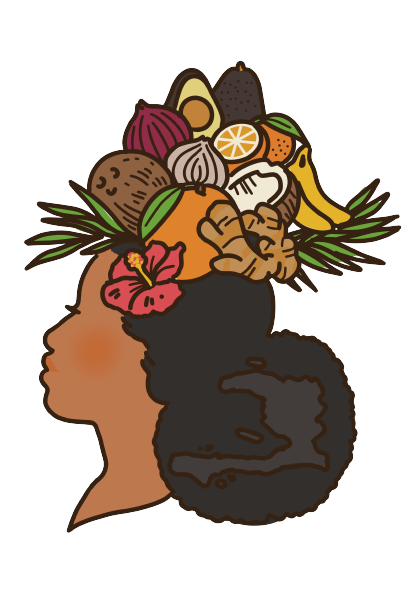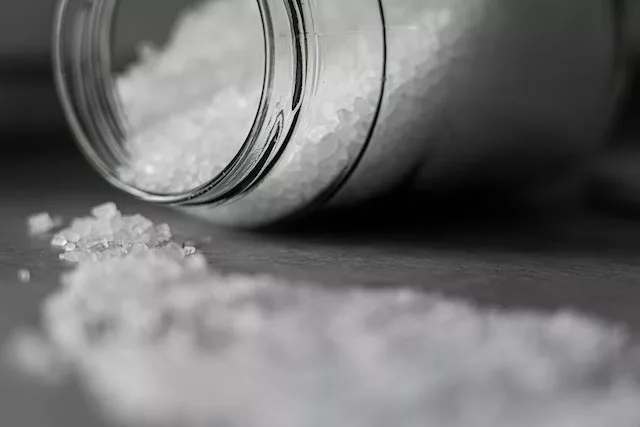Low-Sodium Roundup
Interested in small ways to eat low-sodium? Sodium is an essential mineral and electrolyte that plays a crucial role in our bodies. It helps maintain fluid balance, supports proper nerve function, and aids in muscle contractions. Found naturally in some foods and added to many others, sodium is a key component of the Haitian diet.
While sodium is essential, consuming too much can have serious health consequences. High sodium intake is a major contributor to high blood pressure, or hypertension, which puts extra strain on the heart and blood vessels. Over time, this can lead to heart disease, stroke, and kidney damage. Excess sodium can also increase the risk of osteoporosis by causing the body to lose calcium, a critical mineral for bone health.
Additionally, a diet high in sodium can lead to fluid retention, resulting in bloating and swelling in some individuals. For people with certain conditions, such as heart failure or kidney disease, excessive sodium intake can exacerbate symptoms and make management more challenging.
Achieving the right balance is key—ensuring your body gets the sodium it needs without overloading it. In this discussion, we’ll explore products (that can be used for Haitian cuisine) that are low in sodium as part of a strategy to manage intake for better health.
This list features go-to products that can be easily used in a lower sodium version of Haitian cuisine for anyone who’s needing to decrease the amount of sodium they’re eating.

Low-Sodium V8 Juice
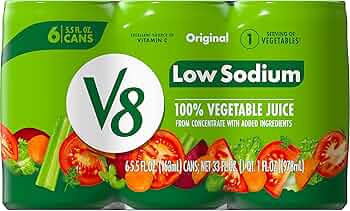
V8 vegetable juice is a cultural favorite. However, the sodium content in the original version is not ideal for people who are looking to decrease their overall sodium intake. For comparison, the original V8 has 920 mg of sodium per one can. The low-sodium version only has 95 mg.
Sodium-Free Chicken Bouillon
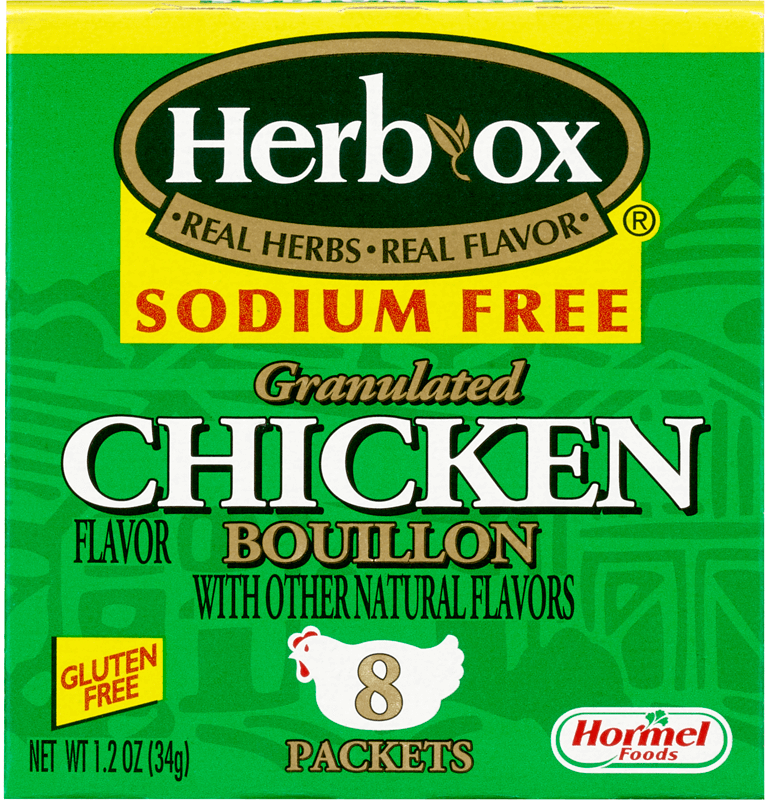
We love our chicken bouillon to help bring together the flavors of our food. However, it may not be the best option for those of us compared to the usual brands we use. For comparison, the typical brands have 1280 mg of sodium per 1/2 tablet. This one has 0 mg of sodium per packet. That being said, this may require adding salt to get you the flavor you would like. This is great because while you’re cooking, YOU have more control over the total amount of sodium that ends up with your food. That way you have more control over your health.
No Salt Added Tomato Sauce
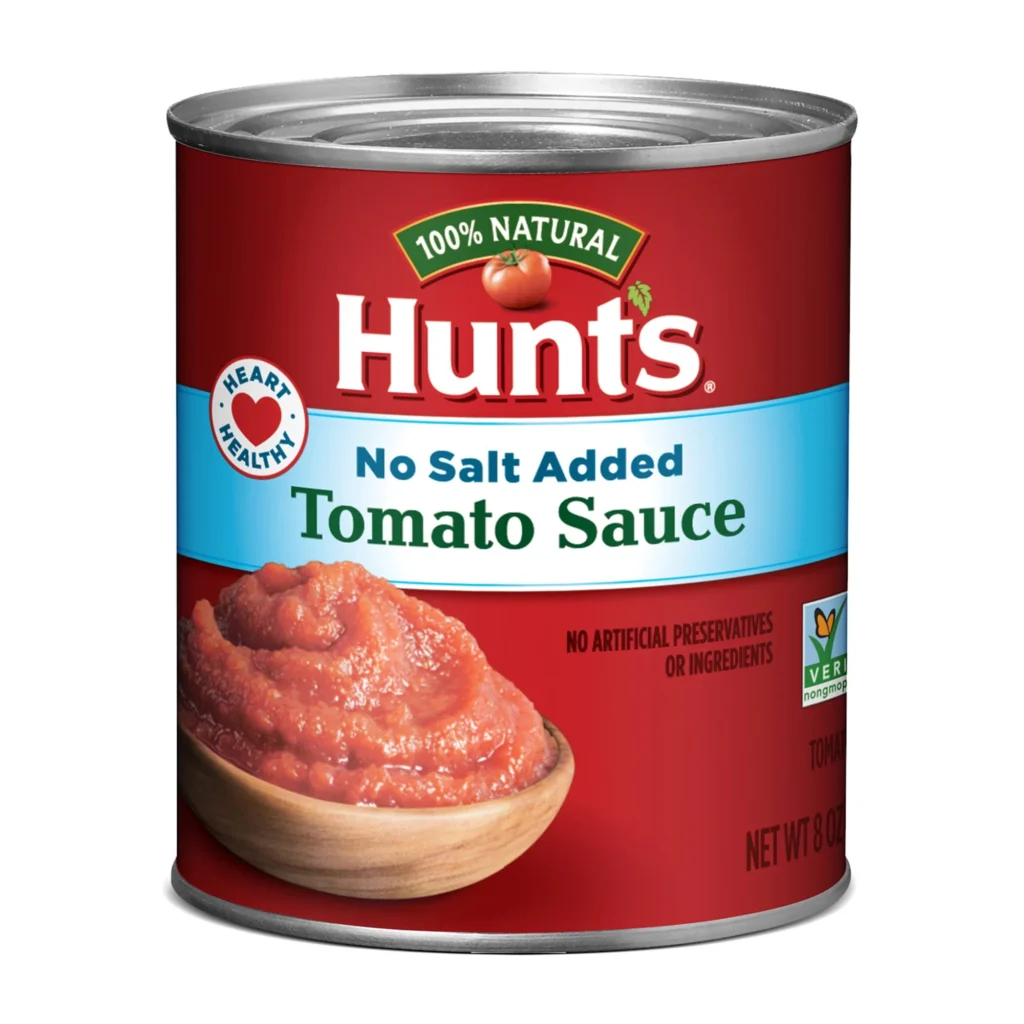
Most of the time we use tomato paste in our cooking. I was originally going to write about Hunt’s Tomato Paste and compare it to their no-added-salt version. However, I realized that there’s no difference worth writing about. For the tomato paste, feel free to use either version. However for the tomato SAUCE, it would be helpful to use the ones without the added salt. The original Hunt’s Tomato Sauce has 380 mg of sodium per 1/4 cup. For comparison, this one has 15 mg of sodium per 1/4 cup. Again, this give YOU control over how much sodium you want to add in your food if low-sodium is your aim.
Reduced Sodium Canned Beans
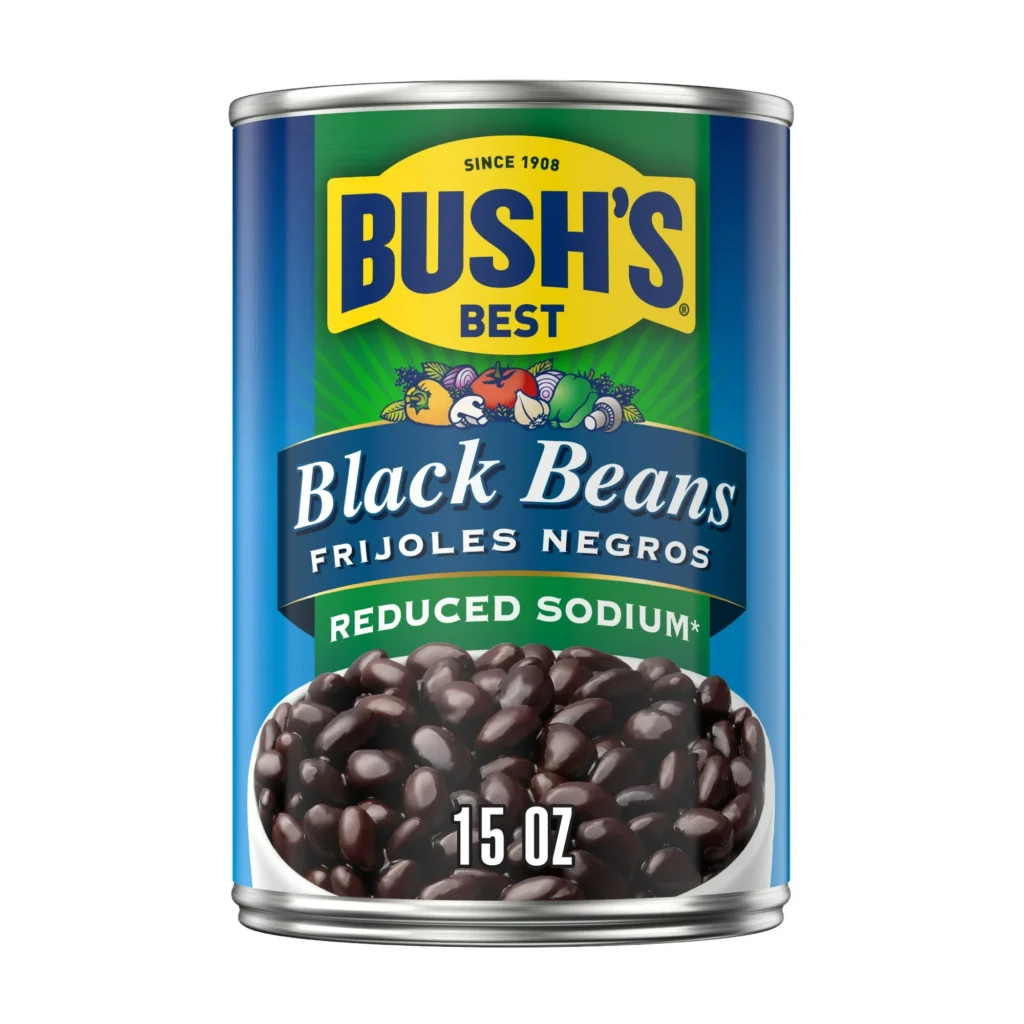
In traditional Haitian cuisine we typically use dried beans (contains no sodium). But, sometimes we can be in a hurry and prefer to use canned beans instead. Some manufacturers add sodium during the canning process. Some brands have a low-sodium version of their products. In the case of Bush’s black beans, the original has 450 mg of sodium. For comparison, this one has 210 mg of sodium per 1/2 cup. Many brands have low sodium versions available in a typical grocery store. However, if you don’t see these available in your area, just rinse out the canned beans prior to use to reduce the sodium content.
Thank you for taking the time to read about the products I’m featuring. I hope this information helps you better understand sodium’s role in the body and how to manage your intake effectively. I just wanted to share a few swaps that can help someone looking to reduce their sodium intake.
You may not have access to the same things that I do. If that’s the case for you, shop for items with the key words “Low Sodium” or “No Added Salt” or “Reduced Sodium” and sometimes these products are naturally low in sodium and may not feature these wordings. Check out how many mg of sodium are featured on the nutrition label. Small changes, can make a difference in supporting your health.
